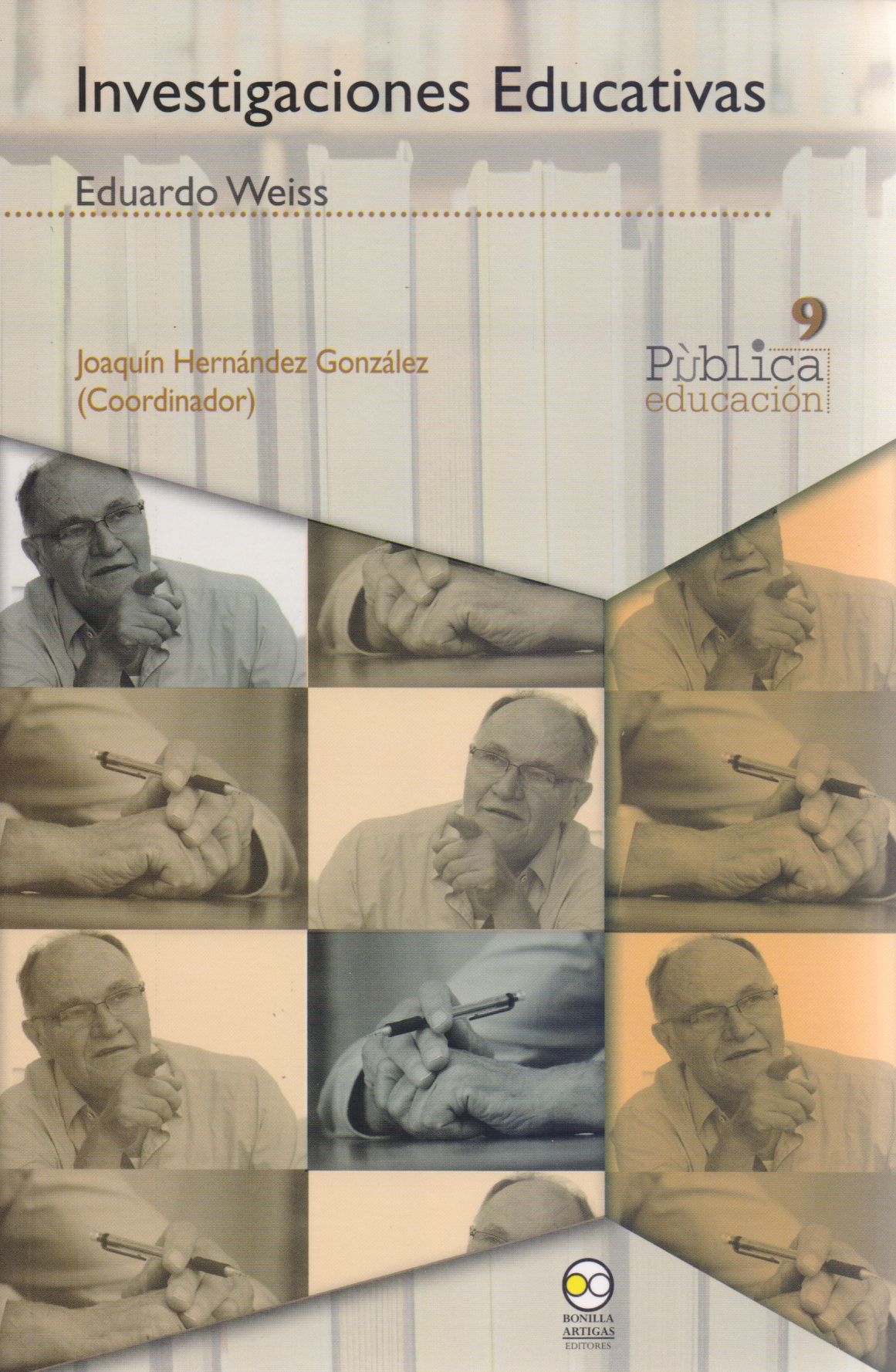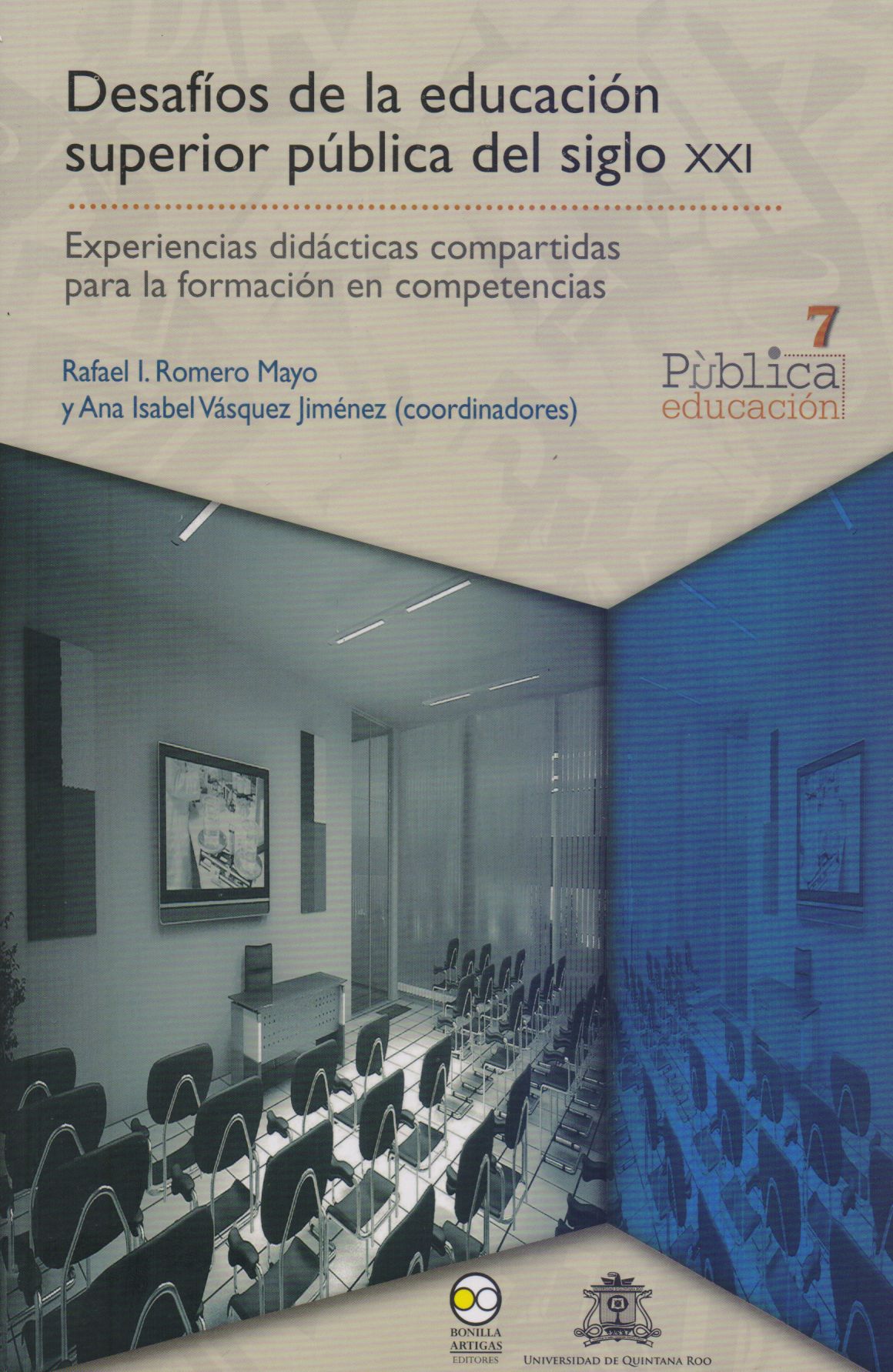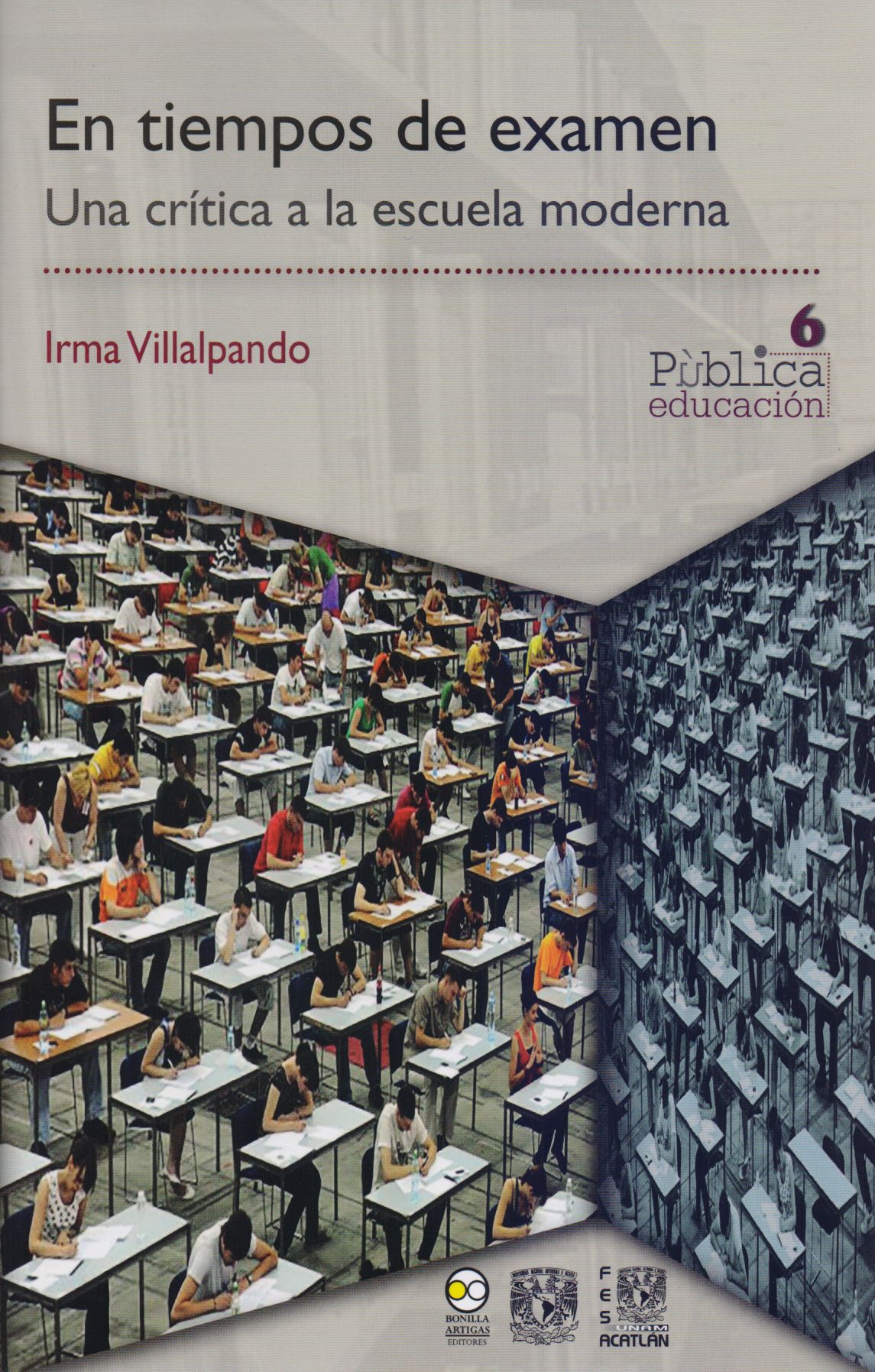Libros relacionados
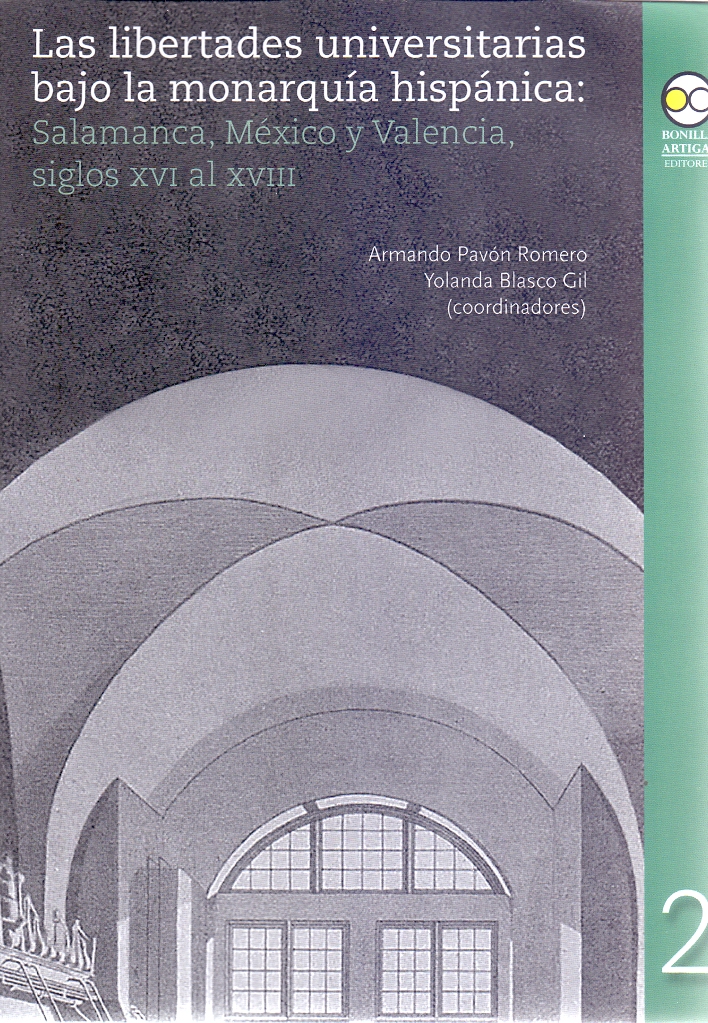 |
Libertades Universitarias Bajo la Monarquía Hispánica, Las: Salamanca, México Y Pavón Romero, Armando; Blasco Gil, Yolanda Bonilla Artigas Editores |
 |
El Currículo y el Desarrollo del Pensamiento Crítico. El Seminario de Formación Viniegra Velázquez, Leonardo Bonilla Artigas Editores |
 |
Gobernanza de la Educación Media Superior: Propuestas de Intervención Hernández Alcántara, Carlos ; Alvarado Rodríguez, María Euge Bonilla Artigas Editores |
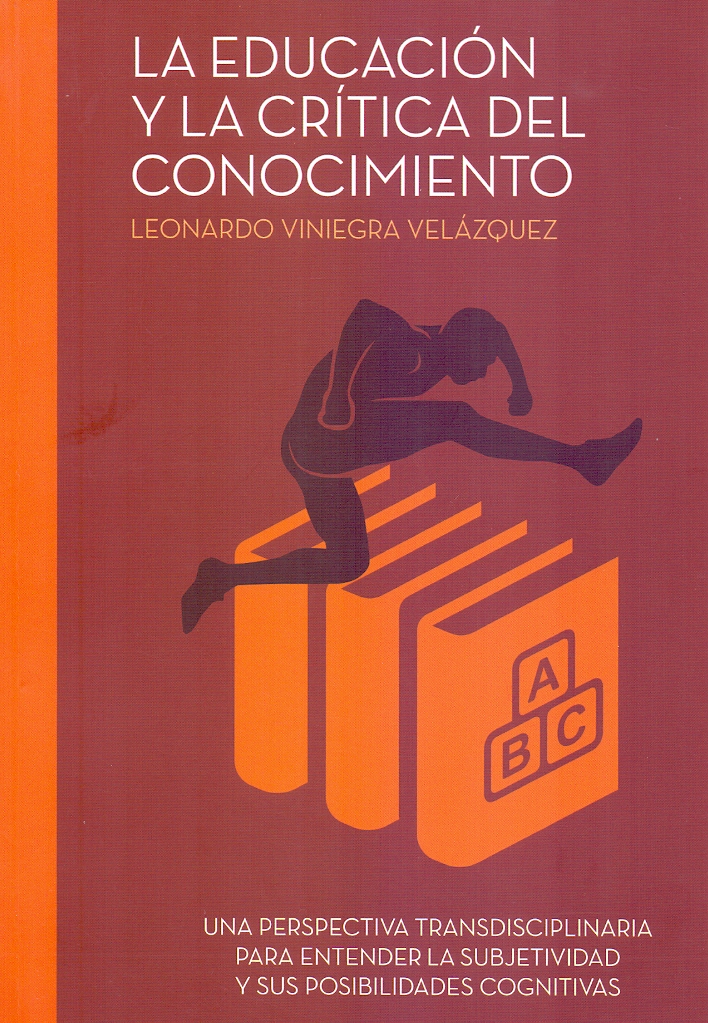 |
Educación y la Crítica del Conocimiento, La Viniegra Vélazquez, Leonardo Hospital Infantiil de México-Federico Gómez |
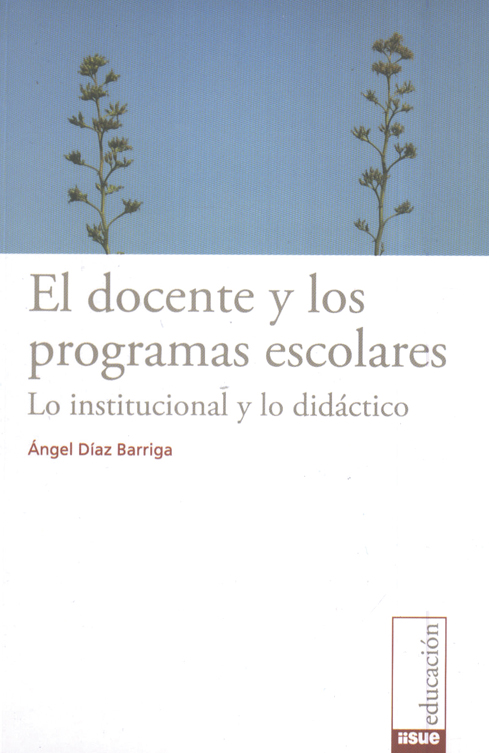 |
Docente y los Programas Escolares, El: Lo Institucional y Lo Didáctico Díaz Barriga, Ángel Bonilla Artigas Editores |
 |
Capacidad Crítica del Estudiante Universitario. La Importancia de la Formación E Glazman Nowalski, Raquel Bonilla Artigas Editores |
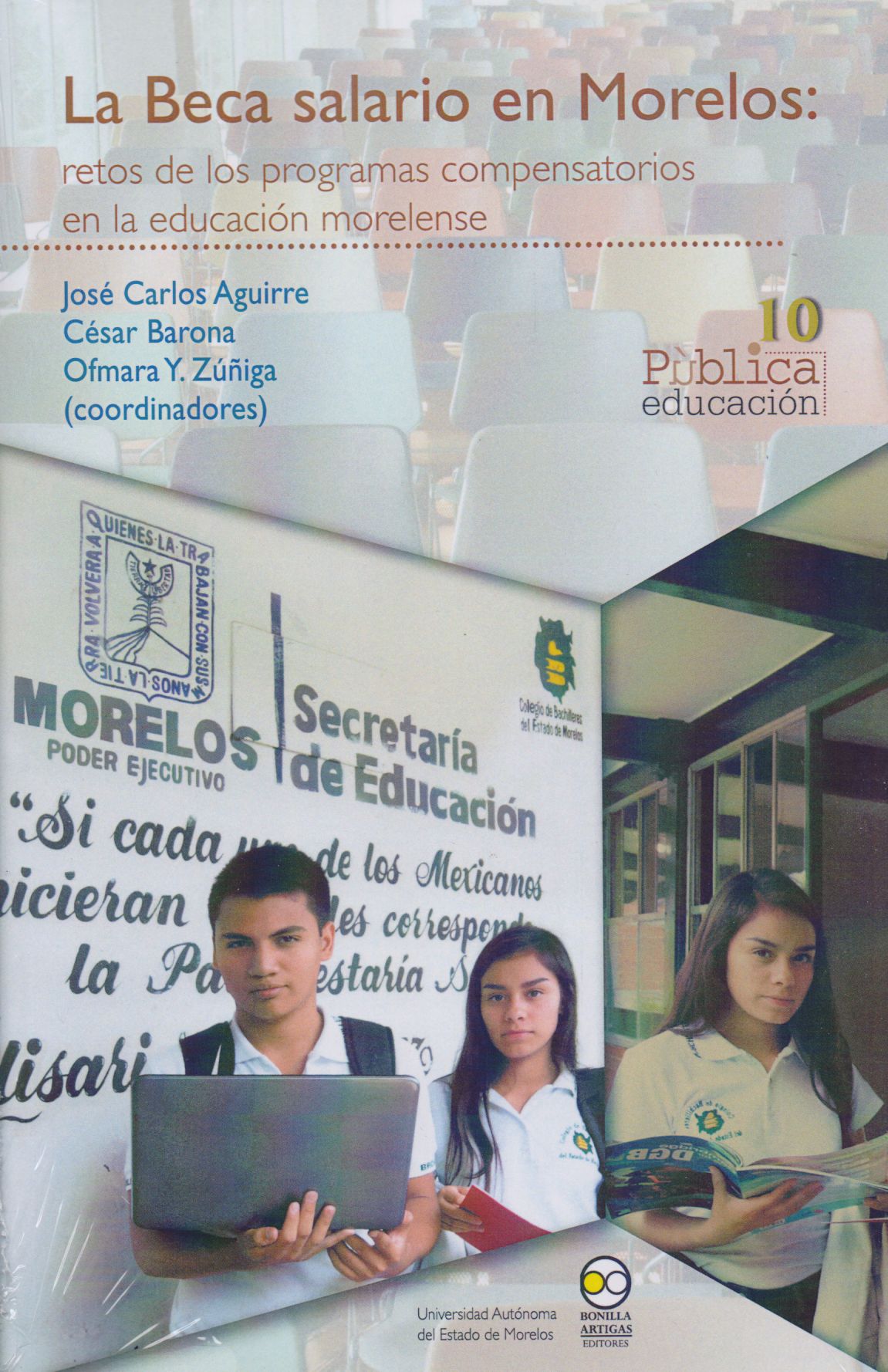 |
Beca Salario en Morelos, La: Retos de los Programas Compensatorios en la Educaci Carlos Aguirre, José Bonilla Artigas Editores |
 |
Educación Laica en México, La: Estudios en Torno a Sus Orígenes Arredondo, Adelina (Coordinadora) Bonilla Artigas Editores |


|
Título: Learning To Learn | |
| Autor: Deakin Crick Ruth | Precio: $1102.00 | |
| Editorial: Routledge | Año: 2014 | |
| Tema: Educación | Edición: | |
| Sinopsis | ISBN: 9780415656245 | |
| Learning to Learn provides a much needed overview and international guide to the field of learning to learn from a multidisciplinary lifelong and lifewide perspective. A wealth of research has been flourishing on this key educational goal in recent years. Internationally, it is considered to be one of the key competencies needed to compete in the global economy, but also a crucial factor for individual and social well-being. This book draws on leading international contributors to provide a cutting-edge overview of current thinking on learning to learn research, policy, and implementation in both formal and informal learning environments.
But what learning to learn is exactly, and what its constituting elements are, are much debated issues. These seem to be the crucial questions if assessment and development of this 'malleable side of intelligence' are to be accomplished. The approach of this volume is to consider a broad conception of learning to learn, not confined to only study strategies or metacognition, yet acknowledging the importance of such elements. The book sets out to answer five main questions: What is learning to learn? What are its functions and how do we assess it? What does it promise to the individual and society at large? How is it conceived in national curricula internationally? How can it be developed in a variety of contexts? The text is organized into two parts: the first addresses the core question of the nature of learning to learn from a theoretical and policy viewpoint, and the second presents recent research carried out in several educational systems, with special attention to assessment and curriculum. It gives an account of pedagogical practices of learning to learn and its role in individual empowerment from childhood to adulthood. Contributors also highlight the potential use of learning to learn as an organizing concept for lifelong learning, school improvement, and teacher training along with potential conflicts with existing incentive practices and policies. This book is a vital starting point and guide for any advanced student or researcher looking to understand this important area of research. |
||
Librería Bonilla SA de CV © Todos los derechos reservados. 2019
Última actualización: Jul 2019



